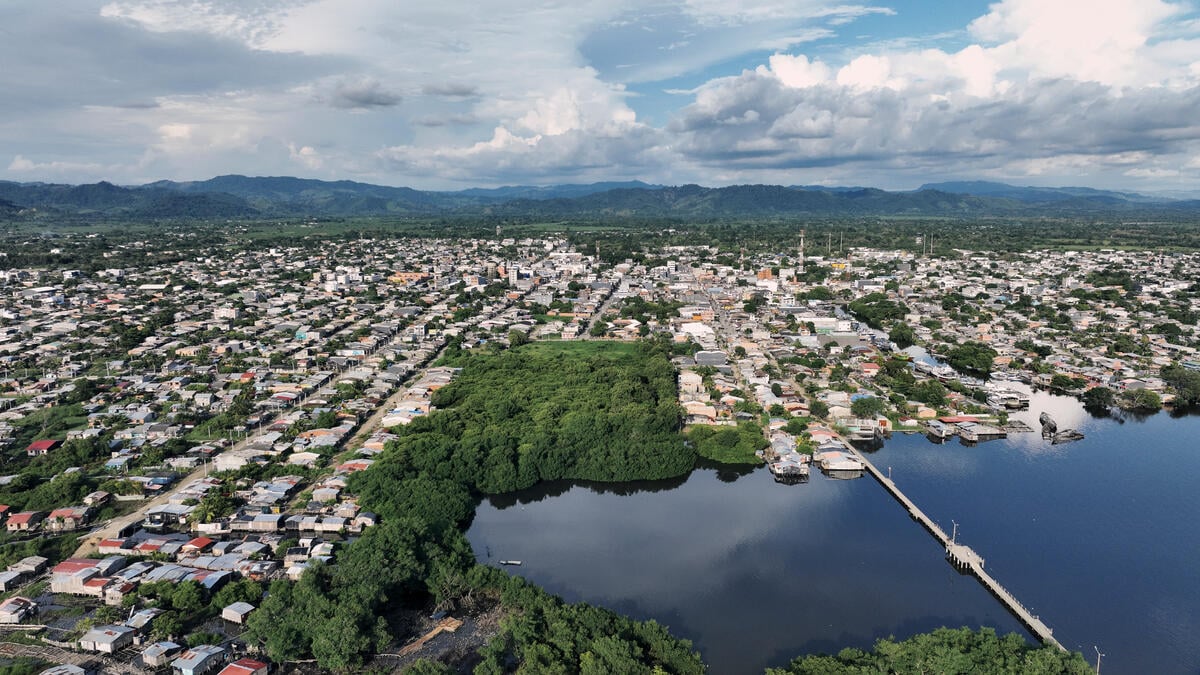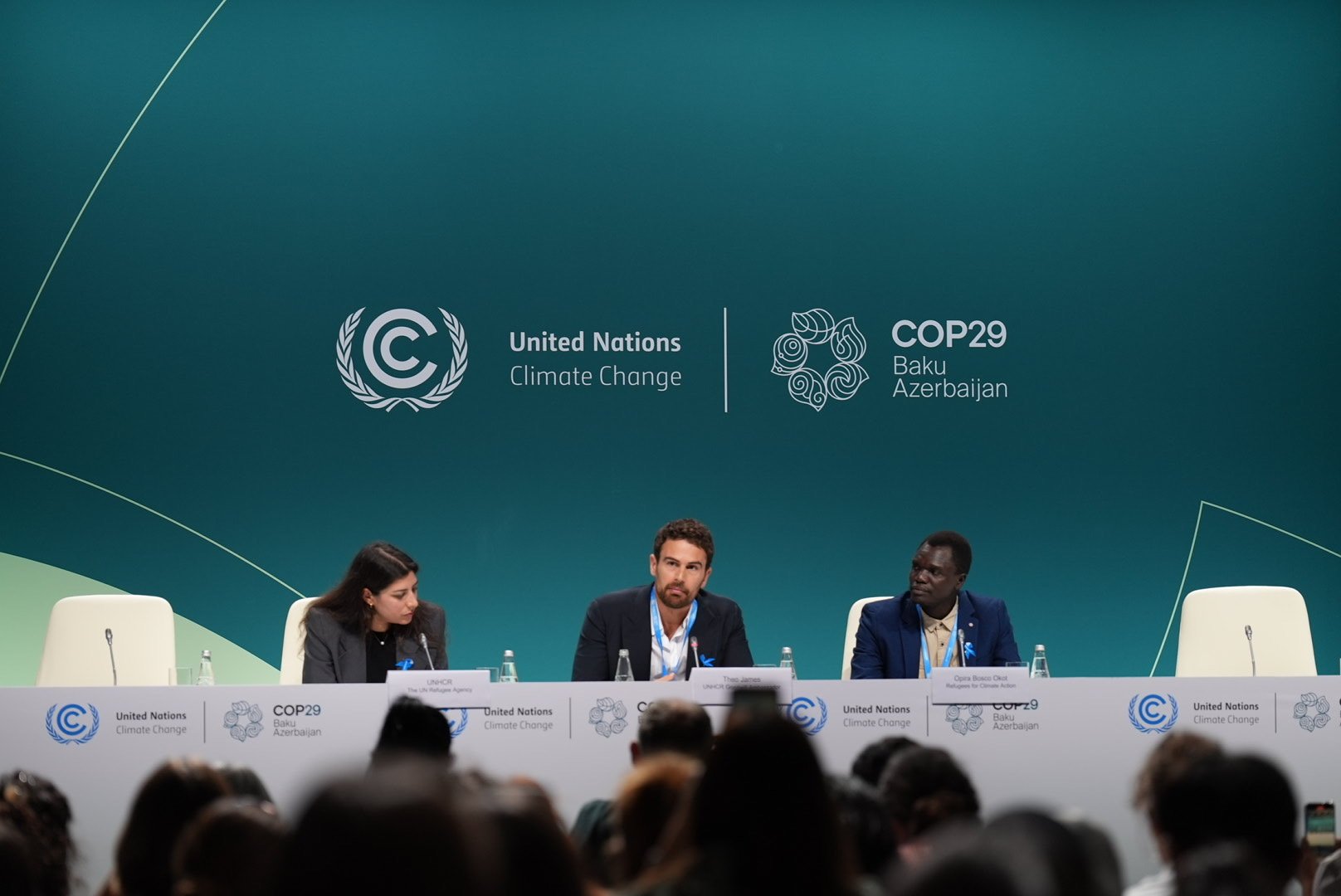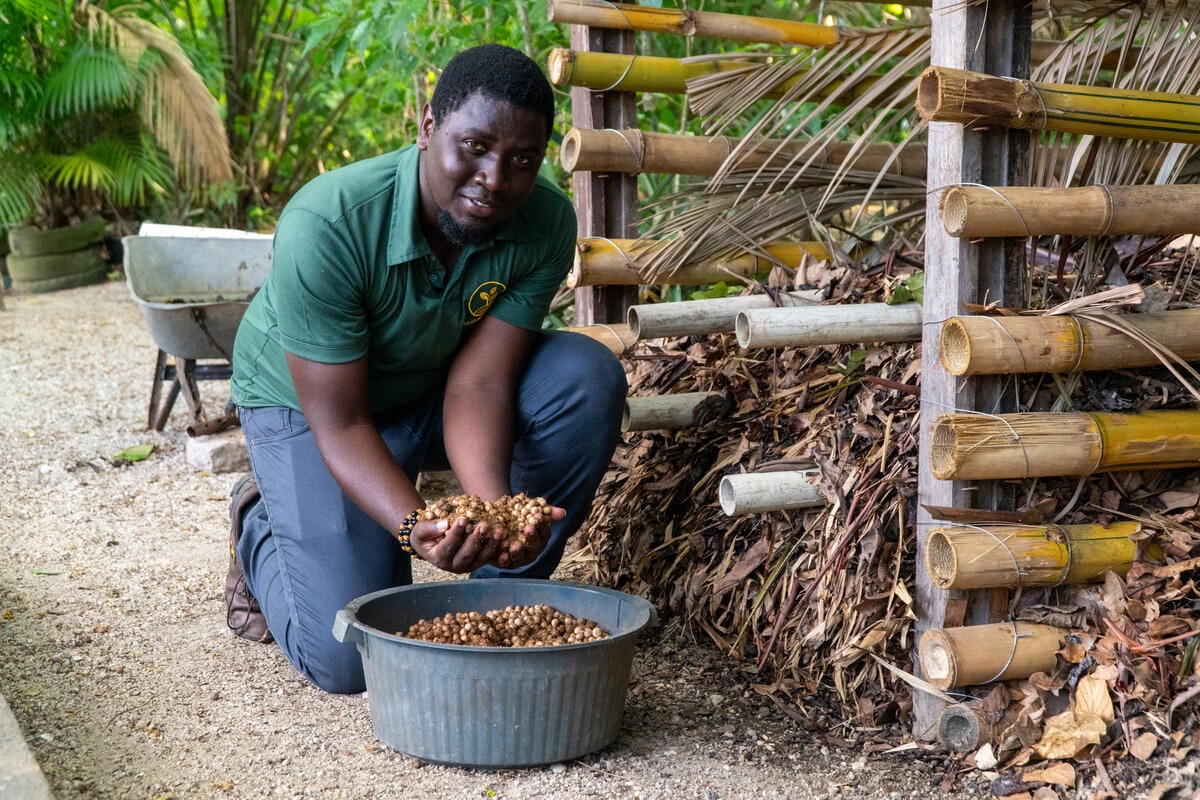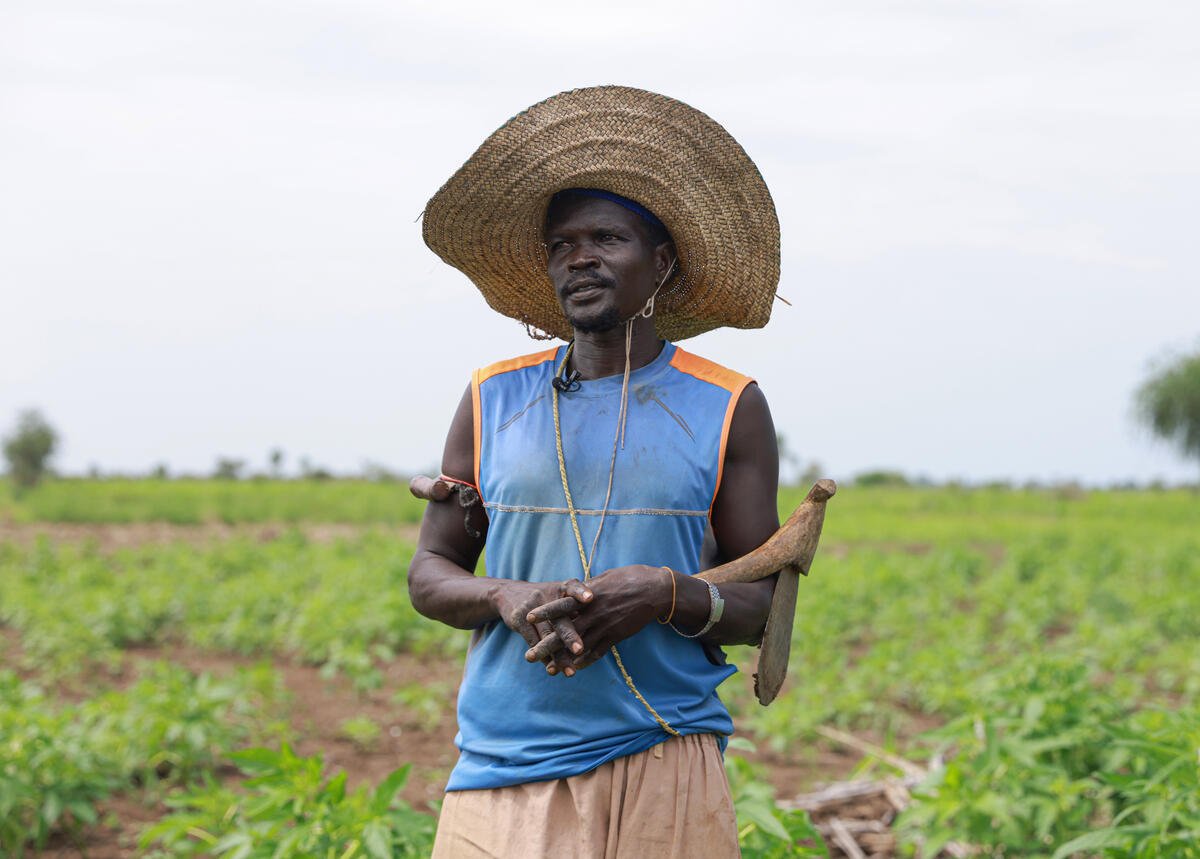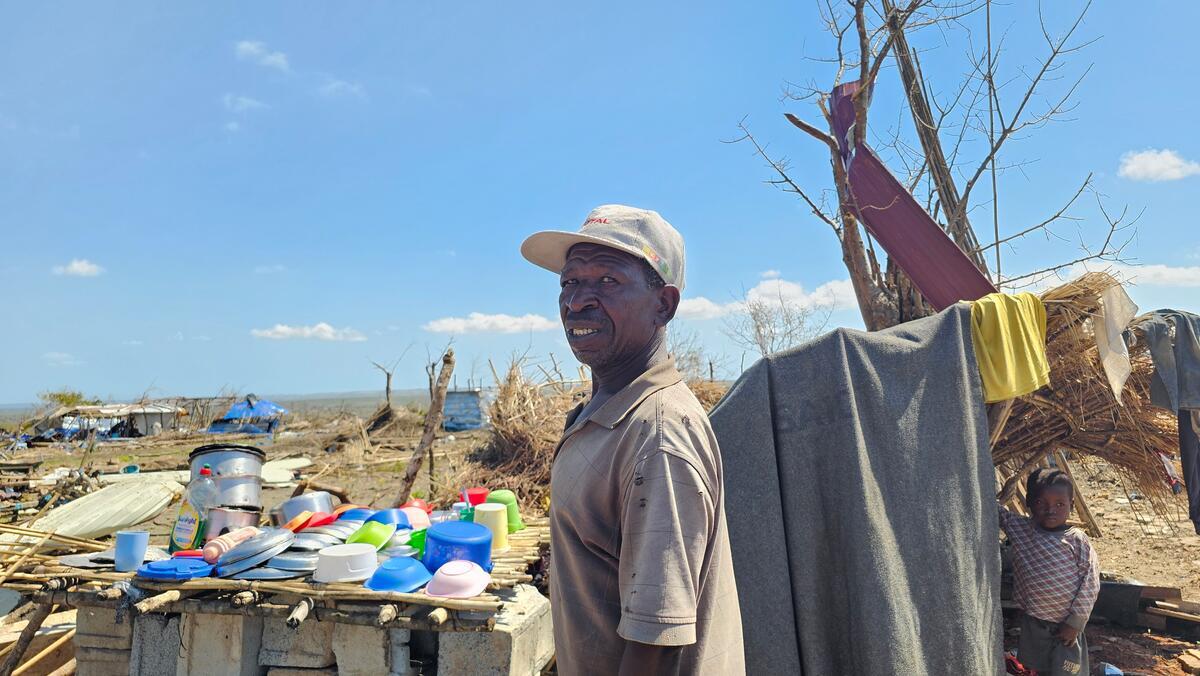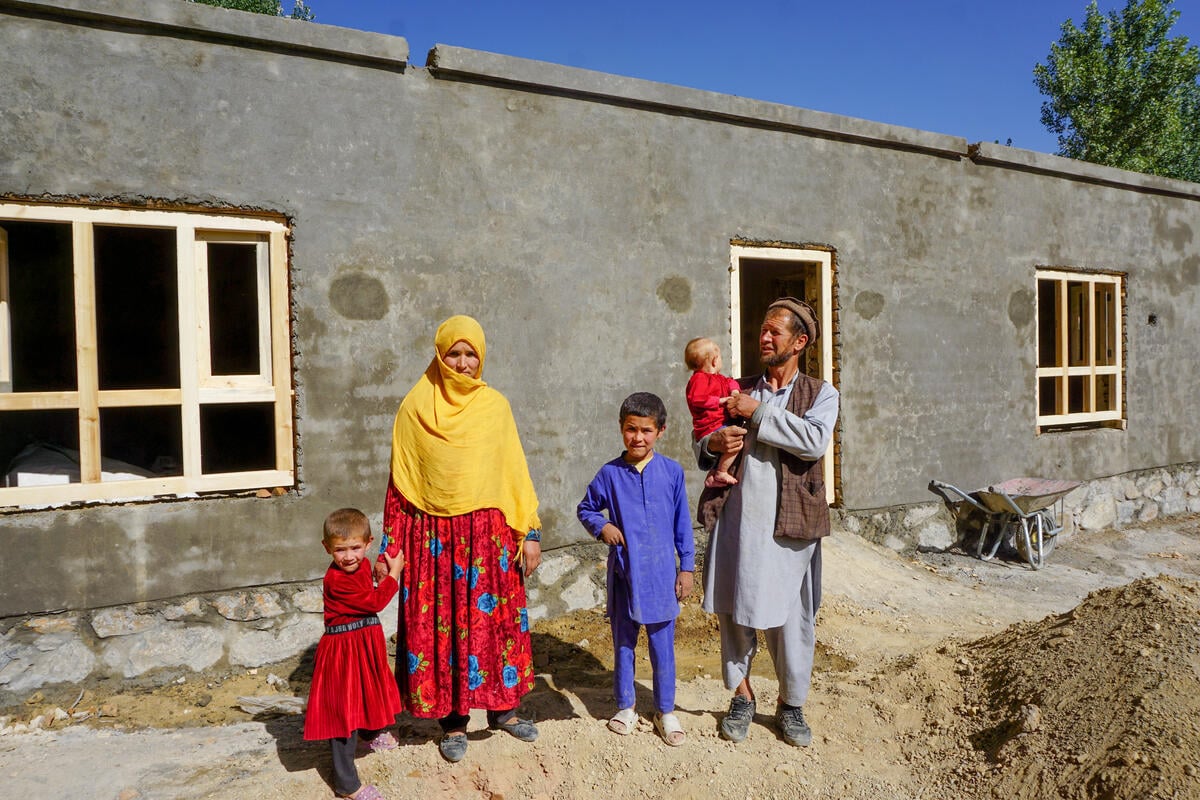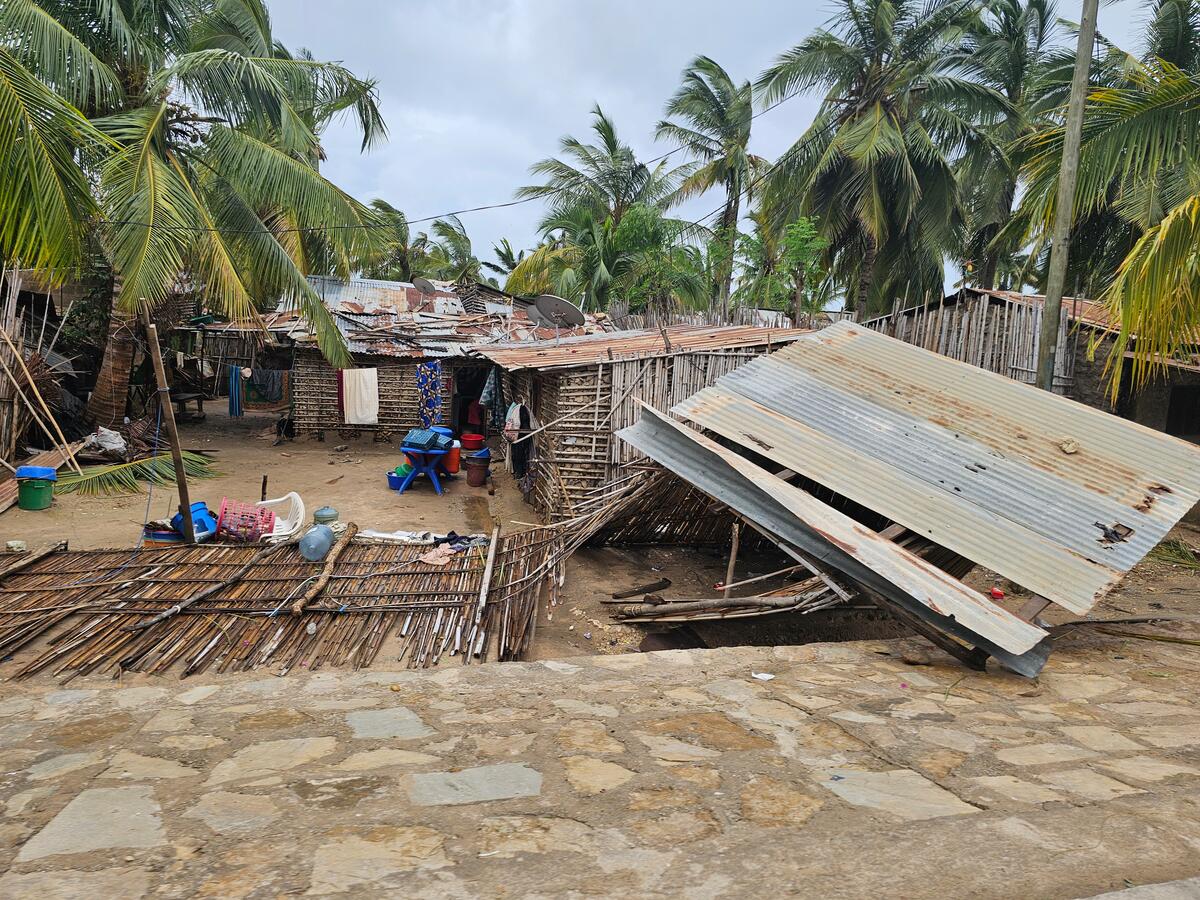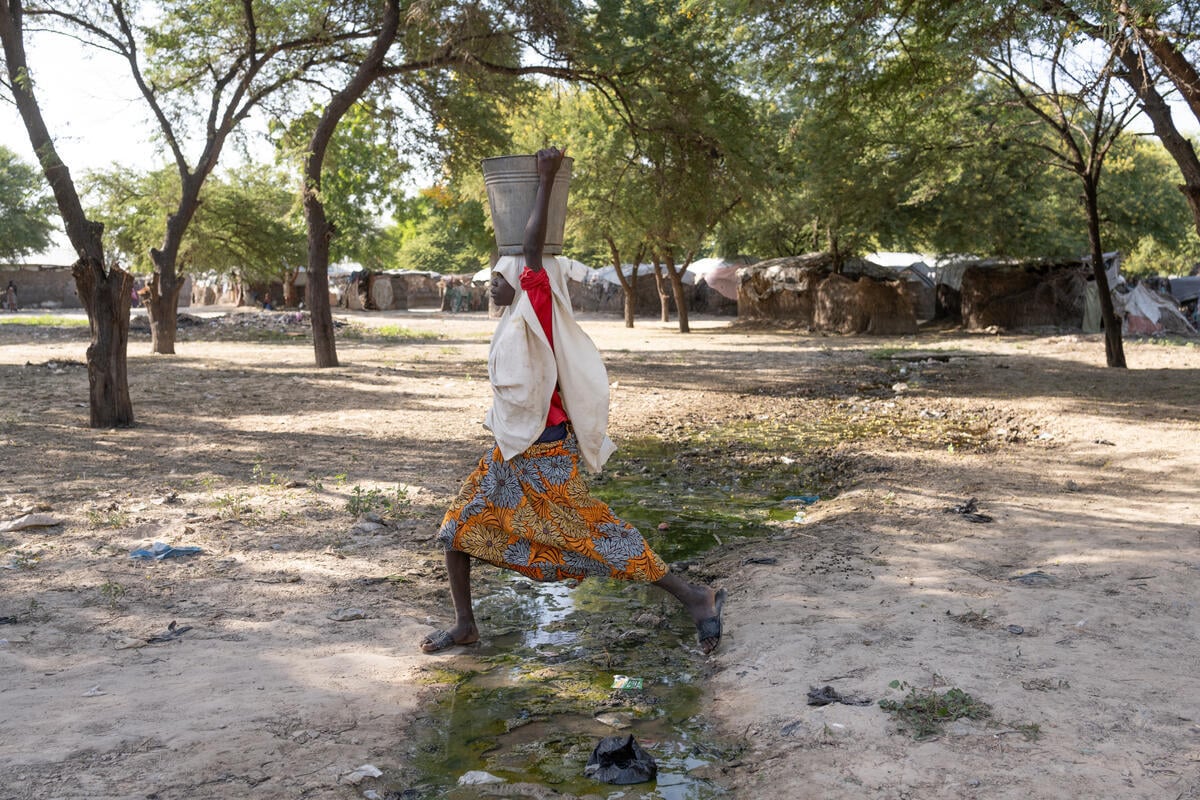Severe floods affect tens of thousands of displaced people in Horn of Africa
Severe floods affect tens of thousands of displaced people in Horn of Africa
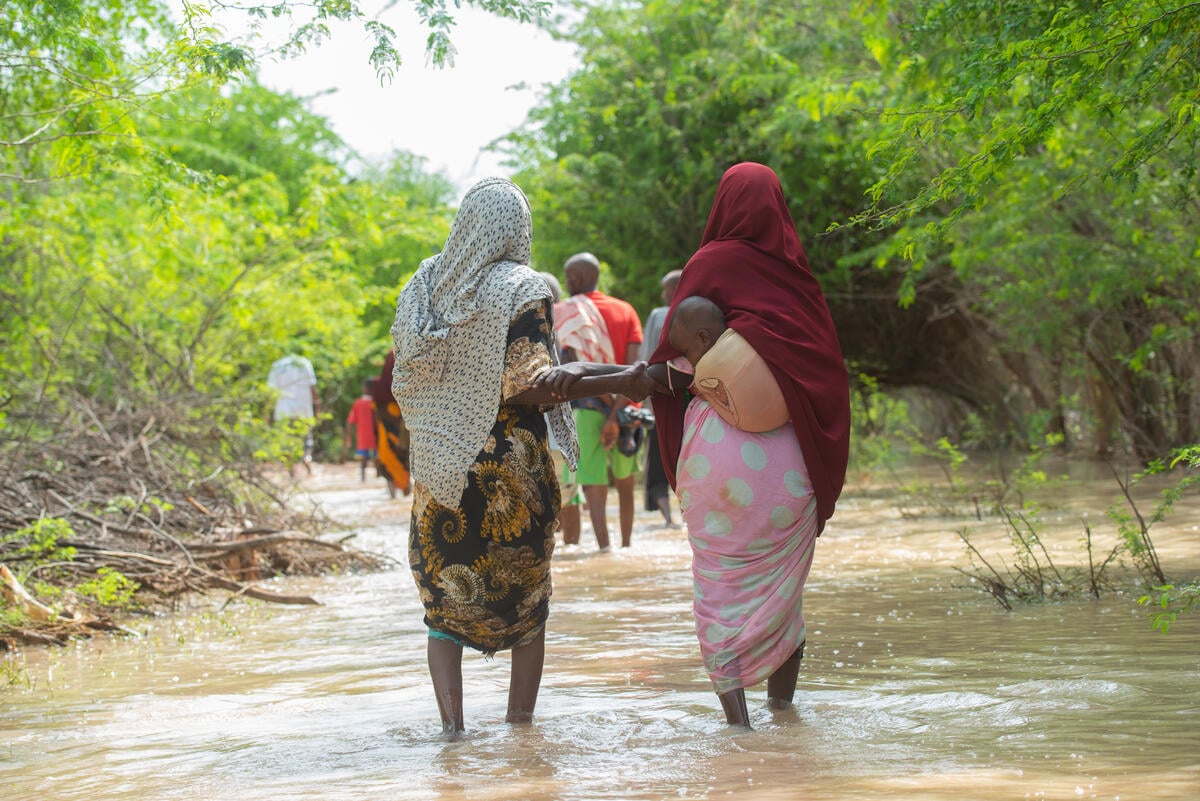
Flooding in the Dadaab refugee camps in Kenya has affected nearly 25,000 people.
Thousands of displaced families, including refugees in Ethiopia, Kenya and Somalia, are on the move yet again, escaping severe floods caused by ongoing heavy rains across the region.
Since the beginning of November, more than 795,000 displacements have been recorded in Somalia. Many of the affected, particularly in the southern and central parts of the country, were already internally displaced due to conflict and drought. Homes have been extensively damaged or destroyed and, in some locations, people are sheltering under trees on higher ground. There are also tragic reports of drownings.
In Ethiopia’s Somali Region, authorities estimate more than 20 people have died, while over half a million people have been affected by flash floods. Close to 40,000 families, or around 240,000 people, including those seeking safety from ongoing conflict in Somalia, have been displaced, more than half of them in the Dollo Ado and Bokolmayo districts. Across five settlements, 213,000 refugees have also suffered the effects of the flooding. Clean and safe drinking water is scarce, accessing health services is difficult and nearly 1,000 families have lost their shelters. In spite of such hardships, many refugees have made generous contributions to support members of the host communities who have also been impacted by the heavy rains.
Nearly 25,000 people in Kenya’s Dadaab refugee camps have been affected by the floods, with many seeking refuge in schools within the camps as well as in nearby communities. Some refugees have also opened up their homes to host the newly displaced, leading to overcrowding in many households. Flooded roads have hindered the movement of people, making it particularly difficult for vulnerable people to access services, including for pregnant women to reach hospitals. In Kakuma camp, 100 families were forced to move to safer areas due to massive soil erosion from the rains.
Beyond displacement, people’s livelihoods have been gravely affected. In one location in southern Ethiopia, over 65 percent of the land is reportedly covered by flood waters. Meanwhile, over 1,000 livestock have died, and another 1,000 hectares of crops have been wiped out in the Somali Region, risking the worsening of an already dire food situation.
The sanitation situation is greatly concerning as hundreds of communal latrines have been damaged, putting people at risk of infectious diseases, including cholera. In addition, many roads have been ruined, impacting people’s access to critical services such as health.
People’s most immediate needs are for food, emergency shelter, kitchen sets, blankets and other relief items, clean water and hygiene services. Families living in flood-prone areas also need urgent support to relocate to higher grounds.
UNHCR and partners are distributing relief items to the newly displaced, as well as dignity kits to affected women and girls. Families are also receiving cash assistance to buy local building materials to repair or reinforce shelters and meet other urgent needs. Sandbags have been provided to protect people from flood waters. Urgent donor support is needed to deliver assistance and protection and to save lives as the rains continue, and as the impact of climate change is felt by the most vulnerable.
The floods come barely months after the longest and most severe drought on record, the impacts of which are still being felt by millions of people in the East and Horn of Africa.
For more information on this topic, please contact:
- In Nairobi (regional), Faith Kasina, kasina@unhcr.org +254 113 427 094
- For Kenya, Kathryn Porteous, porteous@unhcr.org +254 797184298
- For Somalia, Marco Lembo, lembo@unhcr.org +254 714 524 339
- For Ethiopia, Melike Trigg, trigg@unhcr.org, +251 905 012 922
- In Geneva: William Spindler, spindler@unhcr.org; +41 79 549 5998


